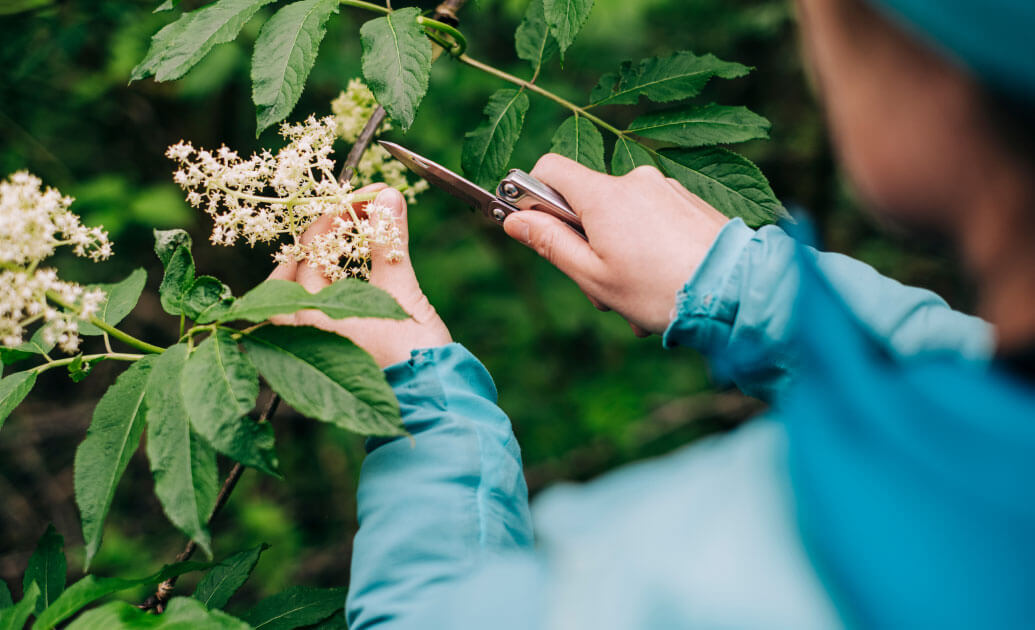June
If you have any ash trees near you, you can take some of the young, green seeds that hang in bunches at this time of year and use them to create an ash key pickle, which you can use like capers. You could also make a refreshing herbal tea using lime flowers, which can be found on Tilia trees in parks and gardens, or pineapple weed flowers, which often grow around footpaths, field entrances, roadsides or waste ground.
Wild garlic is another versatile ingredient that can be found in damp, shady woodlands, coating the floor with its long, pointed green leaves and white flowers.


